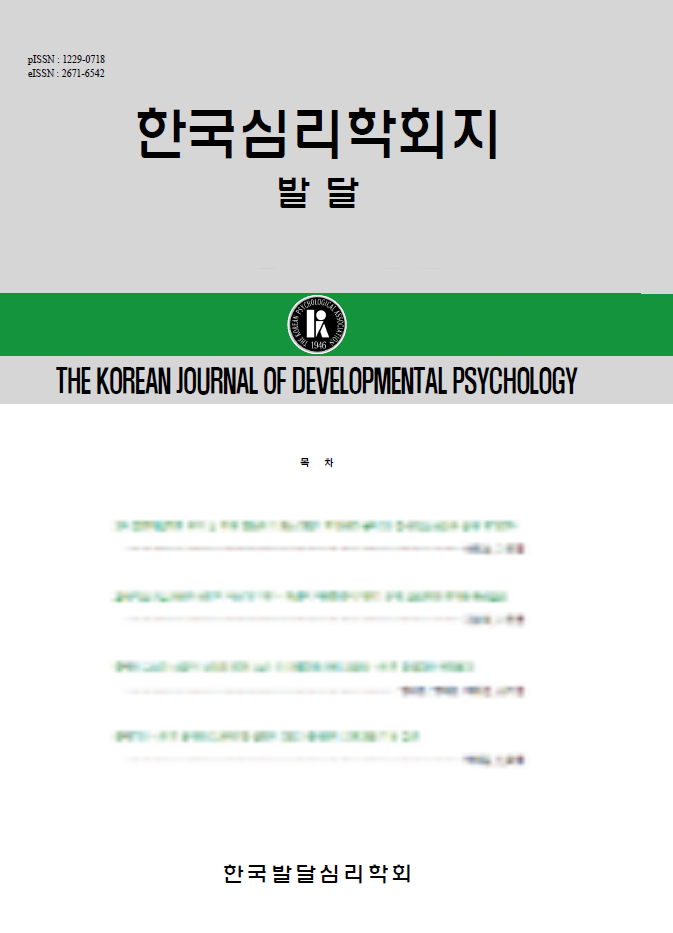open access
메뉴
open access
메뉴 ISSN : 1229-0718
ISSN : 1229-0718

The present study investigated children's understanding of the distinction between living and nonliving things and children's use of causal mechanisms. Children, aged 3, 5, 7, 9, and 11 participated. They were given a series of questions, which measured children's understanding of several biological properties, including growth, nutrient intake, overeating(overwatering) and underfeeding(underwatering), factors that affect plant growth, reproduction, and reincarnation. The results showed that children understood only a small portion of the distinguishing criteria at age 3 and improved with age. Nonetheless, many(about 45%) 11-year olds do not attain all the criteria. Also, older children employed causal mechanisms more frequently and relied less on the perceptual properties and more on their categorical knowledge when making an explanation. Among biological properties, reproduction was easiest for children to grasp, which was followed by growth and nutrient intake, and then overfeeding/underfeeding and factors that affect plant growth and reincarnation. The animal category was the easiest to understand and there was no difference between the plant and nonliving thing categories. Three- and 5-year olds (or 5- and 7-year olds) were different from other age groups respectively, and 7-, 9-, and 11 year olds tended to be grouped together when their knowledge on biological properties were compared.
(1993) Preschoolers' ability to distinguish living kinds as a function of regrowth,
(1985) Conceptual change in childhood, MIT Press
(1995) On the origin of causal understanding, Clarendon Press
(2000) On the importance of comparative research:The case of folkbiology,
(1990) First principles organize attention to and learning about relevant data:Number and the animate-inanimate distinction as examples,
(1996) Concepts and theories., Academic Press
(1994) Domain specificity in cognition and culture, Cambridge University Press
(1995) How does your garden grow?:Early conceptualization of seeds and their place in the plant growth cycle,
(1996) Young children's recognition of commonalities between animals and plants,
(2002) Young children's naive thinking about the biological world Essays in developmental psychology, Psychology Press
(1991) The development of the subconcepts of death in young children:A short-term longitudinal study,
(1929) The child's conception of the world, Routledge & Kegan Paul
(1953) The origins of intelligence in the child, Routledge & Kegan Paul
(2001) Develop- mental origin of the animate-inanimate distinction,
(1984) The effects of task requirements on children's life judgments,
(1986) Children's understandings of the attributes of life,
(1991) Children's early understanding of growth in animals,
(2003) Learning about life and death in early childhood,
(2000) Core knowledge,
(1989) On the development of biologically specific beliefs The case of inheritance,
(1991) Early differentiation of causal mechanisms appropriate to biological and nonbiological kinds,
(1992) Cognitive development:Foundational theories of core domains,
(1998) Knowledge acquisition in foundational domains Handbook of Child Psychology,
(1997) The emergence of core domains of thought The children's reasoning about physical, Jossey-Bass Publishers
